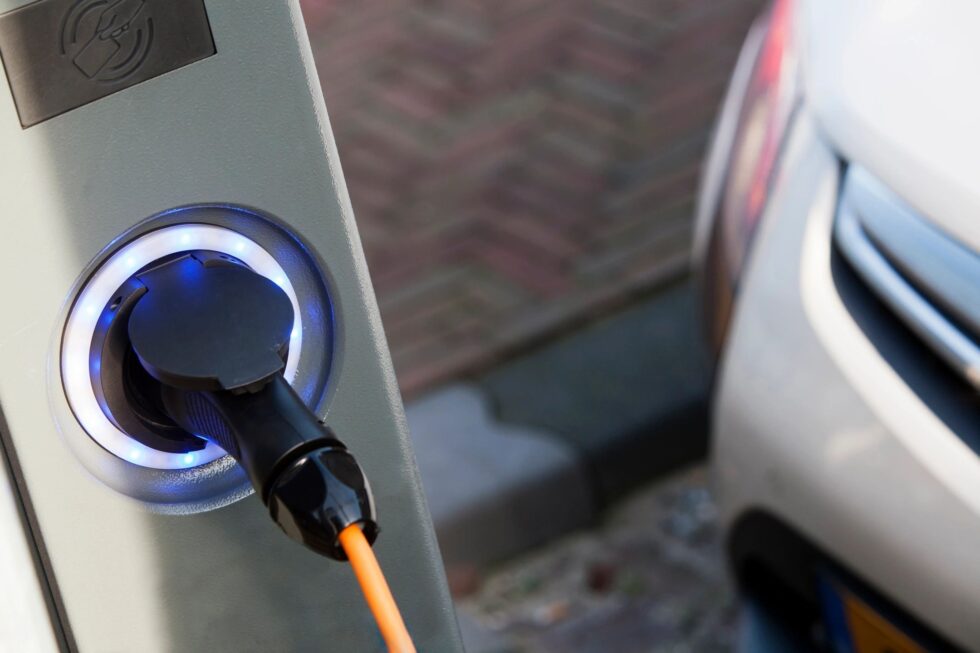Electric vehicles are steadily making their way toward prevalence on the road and in the market — particularly in Georgia and other parts of the Southeast.
Over the next three years, automakers and equipment producers will have factories in development in and around Georgia.
“It’s not a question of if they’re coming, but how fast they will be here,” said Richard Franza, Ph.D, professor of management at the Hull College of Business at Augusta University.
The Georgia Supreme Court recently rejected an appeal challenging the bond agreements between the state and the Joint Development Authority of Jasper, Morgan, Newton and Walton Counties (JDA) for the $5 billion Rivian EV manufacturing plant west of Atlanta.
The construction of Hyundai Motor Group’s EV and battery manufacturing facilities, another investment exceeding $5 billion, is still underway west of Savannah.
Kia Corporation, owned by Hyundai, announced last week that it would be investing $200 million in building its electric SUV factory in West Point, Ga.
Other capital projects, like Augusta Technical College’s automotive training center to be built along Laney Walker, and its advanced manufacturing school off Interstate 20, as well as copper foil plants by companies Aurubis and Denkai America, have put the CSRA on the EV manufacturing map.
“Any time you build a manufacturing or assembly facility, you automatically get the suppliers around them,” said Franza, citing major investments in EV by companies like Amazon. He also expects companies like FedEx and UPS to make the switch to electric fleets, as they have more ability to establish charging networks. “Even before Georgia got the vehicle manufacturers, we already had a battery manufacturer, so Georgia already has a good network for the automobile industry.”
One factor in potentially discerning when EV’s may be commonplace is how soon an infrastructure is built for them, said Franza, who estimates more charging stations will pop up before we see more electric cars on the highways.
In March, the Georgia House of Representatives passed Bill 406, under which EV drivers would be charged by the kilowatt-hour for the electricity they purchase to power their vehicles, for Georgia to qualify for $135 million in federal funding toward building public charging stations.
In April, Governor Brian Kemp and the Georgia Department of Natural Resources announced the state’s initiative with Georgia Power to install charging stations at Cloudland Canyon, Fort Yargo State Park, High Falls State Park, Skidaway Island and Wormsloe Historic Site.
“We’re already seeing [charging stations] starting to spring up in apartment complexes, gas stations, and other retail locations, so the momentum is already there,” Franza explained. “That’s at least a two-year head start on the big manufacturers in Georgia.”
The professor notes that how soon the wider public adapts to electric vehicles over fossil fuels would be largely determined by how fast the federal government moves on emissions requirements.
He also points out, however, that little lobbying is currently needed for that, as the Biden administration is already pushing hard for an expeditious transition to EVs.
President Joe Biden’s Federal Sustainability Plan, the clean energy initiative enacted via Executive Order 14057 in late 2021, commits the federal fleet to transition its light duty vehicles completely to zero-emission vehicles by 2027 and its heavy-duty vehicles by 2035.
“However, if administrations change after the 2024 election, more lobbying may be needed,” said Franza.
The emerging EV market isn’t out of the proverbial woods yet. Franza stresses that Georgia has not had any actual electric vehicles manufactured yet, and the state’s charging infrastructure to support the Tesla’s and other EV’s currently traveling is limited.
While the EV industry taking some root in Georgia wouldn’t likely speed up their use or their manufacturing in the state, Franza states that the combination of automakers and suppliers building a supply chain base does help protect against significant delays in the industry’s growth.
“Right now, electric vehicles account for less than 1% of the vehicles on the road,” said Franza, underscoring that the strongest indicators of the growing shift will be the number of gas stations verses the number of charging stations; and the production of combustion engines against that of electric cars.
“Look for when the ratios of those really start to change, but it’s not black and white,” he said. “The issue will be how much consumers will want EVs vs. traditional combustion engine vehicles in the early years.”
Skyler Q. Andrews is a staff reporter for The Augusta Press. Reach him at skyler@theaugustapress.com.











